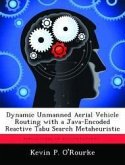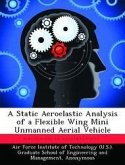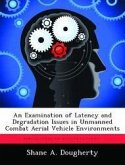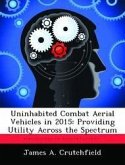Currently, control of an uninhabited aerial vehicle (UAV) in flight is accomplished by manual control of a prior prescription of waypoints. The use of waypoints requires knowledge of vehicle position from either an Internal Navigation System (INS) or by using the Global Positioning System (GPS). This thesis proposes an alternative control method that incorporates some of the beneficial aspect of both fully manual and fully autonomous operation. Utilizing an on-board camera, an operator can control an uninhabited aerial vehicle by manually choosing desired targets of interest. The flight path of the uninhabited vehicle is determined autonomously from the camera gimbal angles. Specifically, the camera azimuth angle and elevation angle are transformed by an autopilot, providing commands to the aircraft. In this shared control operation, the operator of the payload (i.e. camera), has close supervision of the aircraft.The aircraft using an on-board computer is given autonomous control of aircraft flight, reducing personnel requirements.








